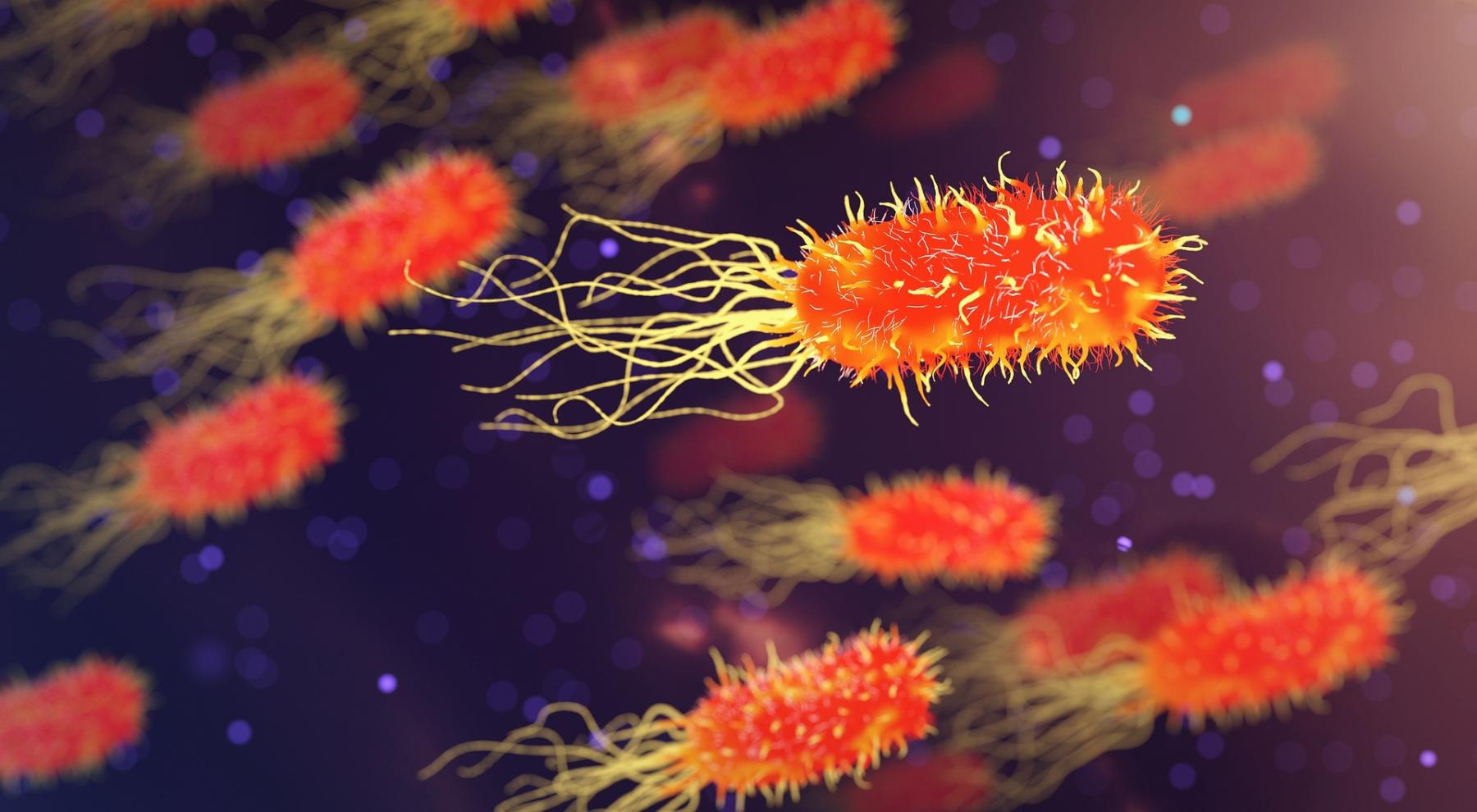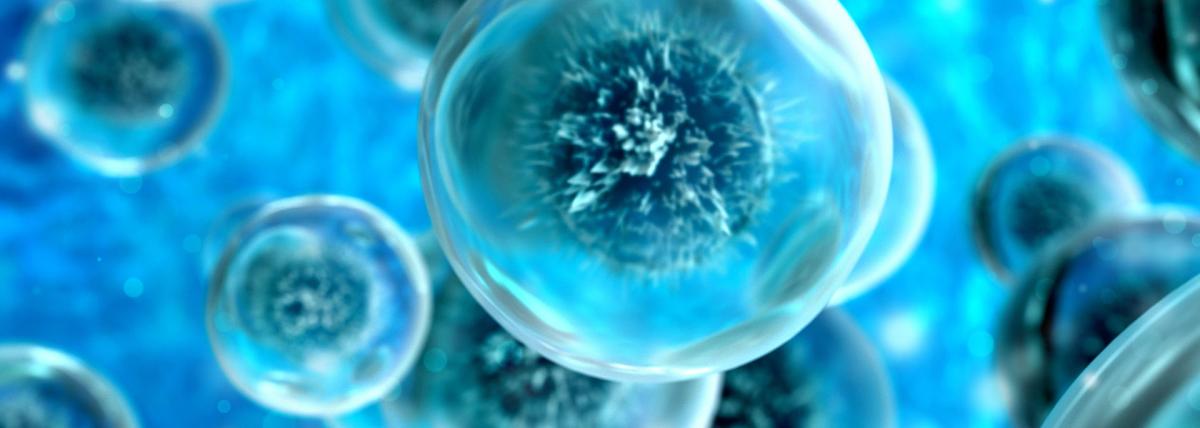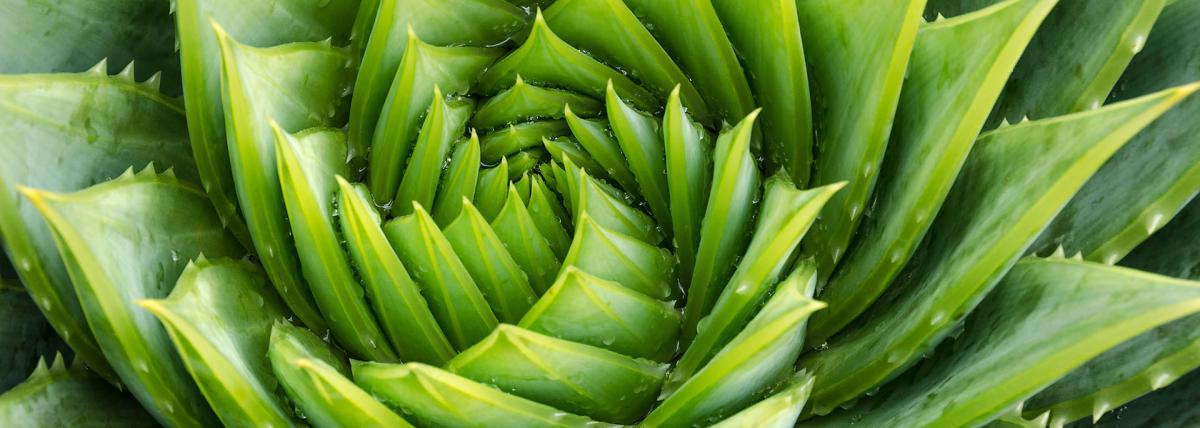
Learning to Use Microscopes
by Jessica Evans
Students will learn the parts of a microscope, the importance of them and how to use them to view specimens.
Lesson Grade Level
7th GradeLesson Plan Link/URL
https://docs.google.com/presentation/d/1kiYke6xLiPD4FgLCtXh7KB5CT97WFJmP/edit?u…Subject Area
Science Life Science L1: Cells Technology 1. Empowered Learner English Language Arts (ELA) Writing
Featured
Off
Related Content

Grades:
7th Grade
Students will learn the parts of the microscope, how to calculate the magnification, how to focus the microscope, as well as draw what they see in the field of view. Students will also write their

Grades:
7th Grade
This is Task 3 (Lesson 3) of four tasks (lessons) of an overall project entitled “Escaping 7th Grade Science Room”. Students will construct a 3D model of both an animal cell and human cell. They will

Grades:
11th Grade, 12th Grade
This will be a 1 class period laboratory. It should take about 45-60 minutes. Students will be making a wet-mount slide of pollen that they collected or that was provided. They can look at prepared